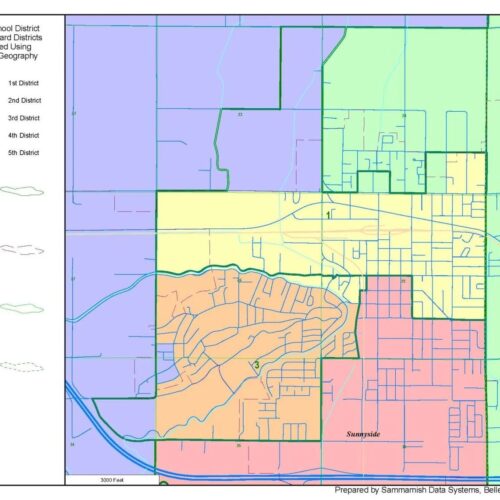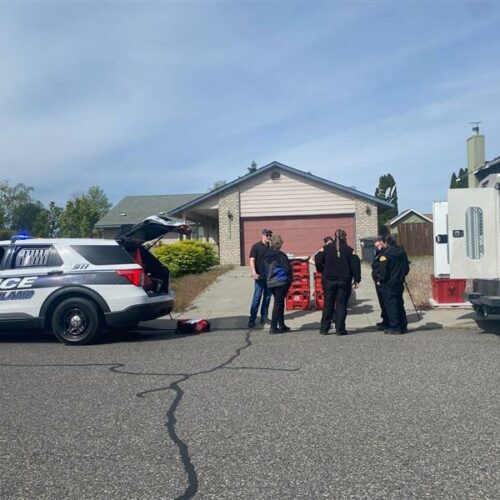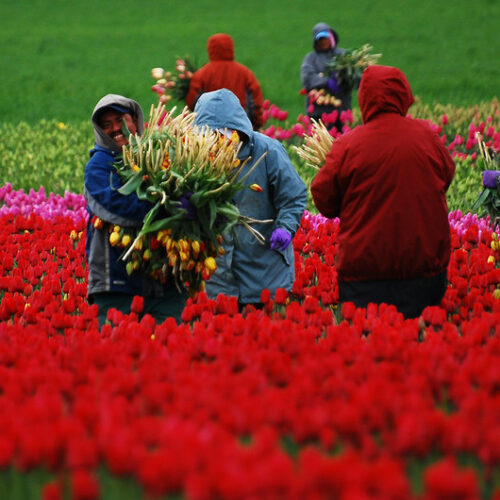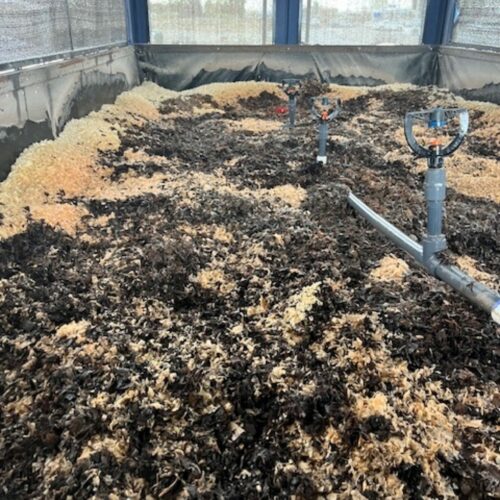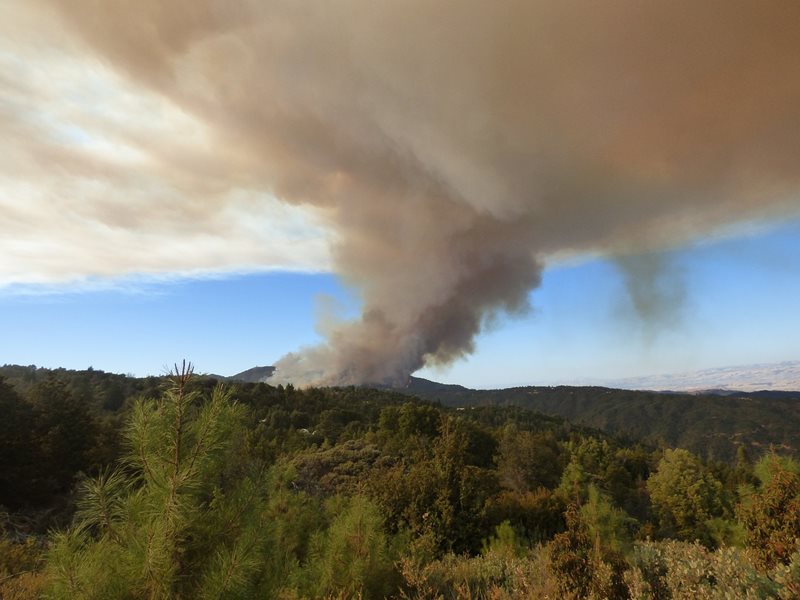
Study: farmworking parents need more resources to cope with wildfire seasons
Listen
(Runtime 1:47)
Read
Central Washington farmworkers and their families need more smoke safety information, accessible childcare and other resources to be prepared for future smoke events. Those are the results of a recent study where researchers asked parents how they cope with wildfire seasons.
Savannah D’Evelyn is a researcher with the University of Washington Environmental and Occupational Health Sciences Department. She presented the Clean Air – I Care: WA Farmworker Families Coping With The Stress Of Wildfire Season study, which describes farmworking parents’ experiences during the COVID-19 pandemic in Chelan and Okanogan counties.
“We were interested in understanding not just how farmworkers in general were impacted by wildfire smoke, but in particular how farmworker families and farmworker parents that had children under the age of 12,” said D’Evelyn.
Community for the Advancement of Family Education (CAFÉ) is a nonprofit organization in Wenatchee that joined the University of Washington School of Public Health and the Pacific Northwest Agricultural Safety and Health Center (PNASH) to conduct the research.
CAFÉ Environmental Justice Coordinator Laura Rivera said childcare is critical for farmworker families and that it’s critical to make childcare options equitable and accessible to all, regardless of immigration status, especially during wildfire season.
“If they weren’t able to find a reliable childcare option, the wife had to miss work and stay home with the child. And then the wives agreed that it did put them through a lot of stress,” said Rivera.
Farmworkers participating in the study said protecting their homes is a priority, but they do not always have the resources to do so. They also said evacuation notices and smoke information is not widely shared among farmworkers in this region.
According to the researchers, in 2021 more than 347,000 acres burned in Okanogan and Chelan counties, which accounted for 57 percent of the total acres that burned in Washington state during that year.



